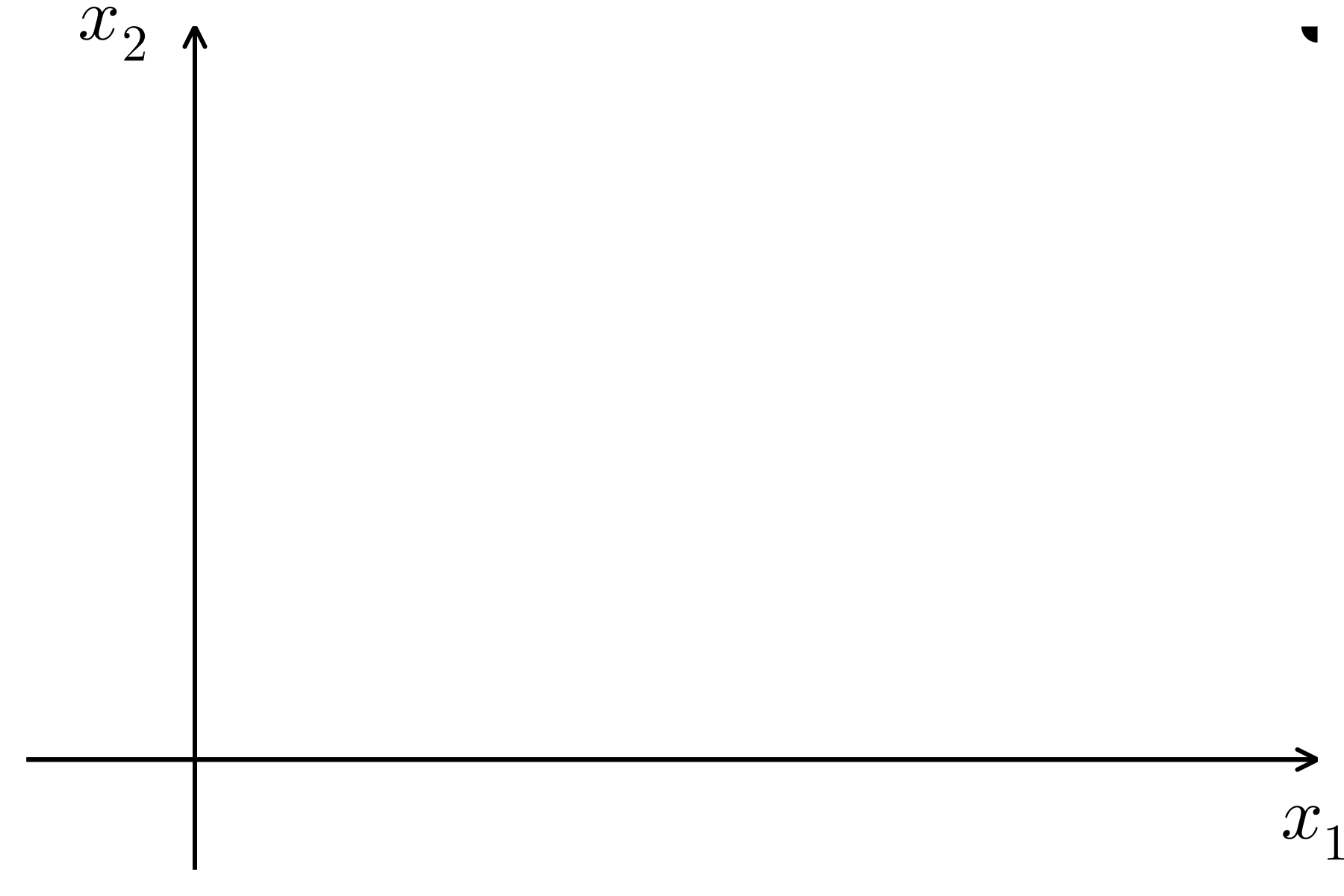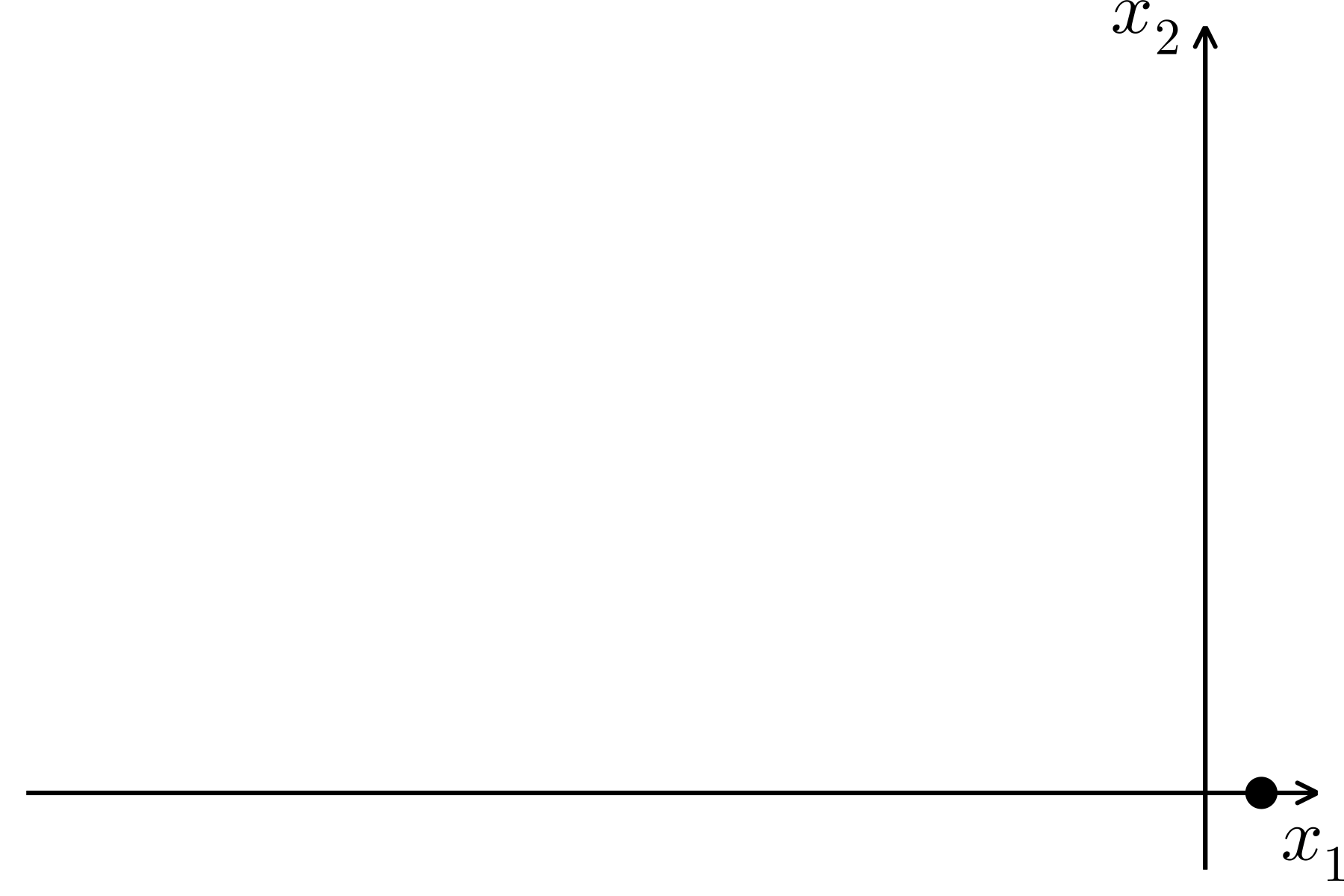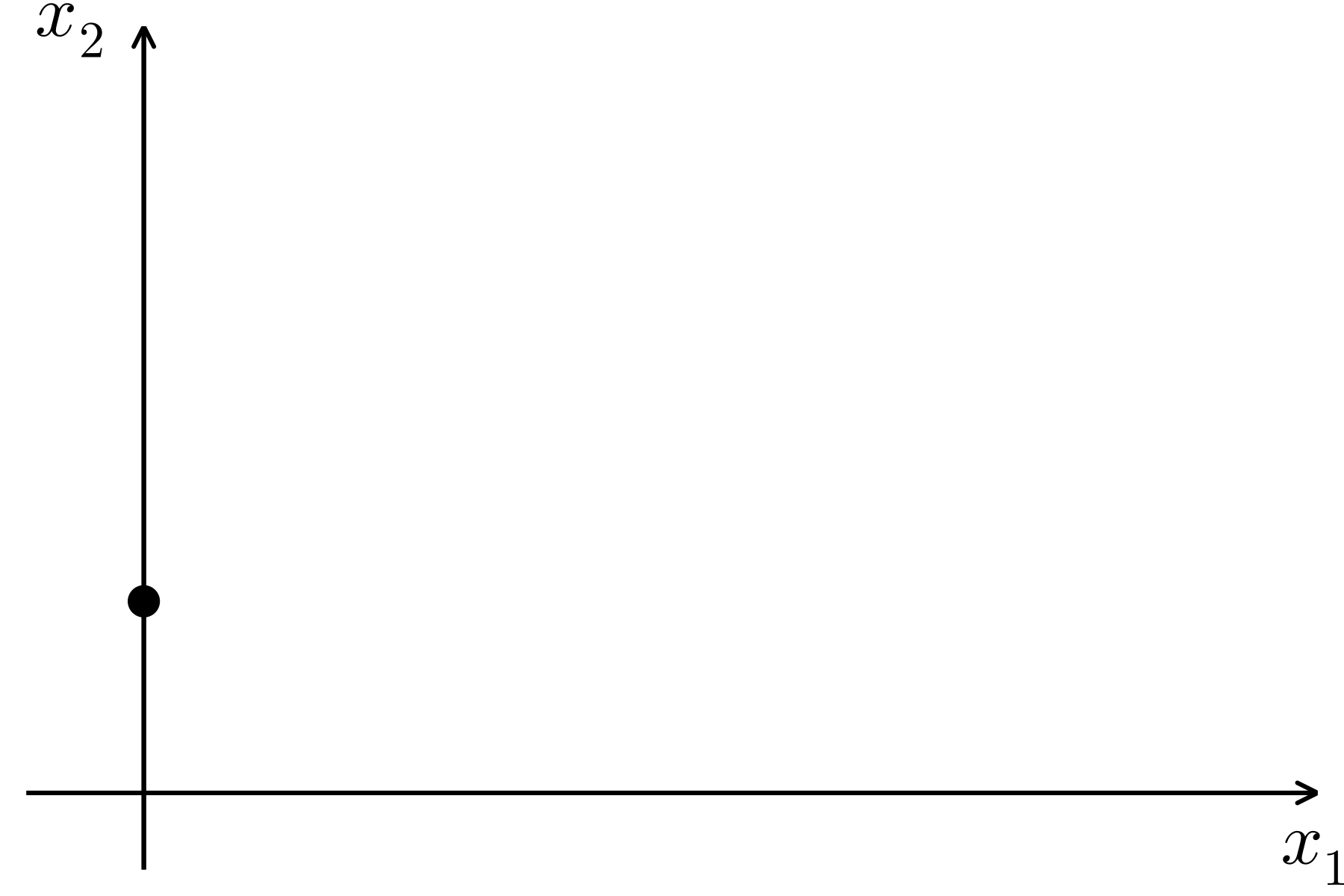Exemples et Exercices
Exemple 1 : Convergence
Considérons le système linéaire suivant :
x'(t) = \begin{pmatrix} -1 & 0 \\ 0 & -2 \end{pmatrix} x(t), \quad x(0) = \begin{pmatrix} 1 \\ 1 \end{pmatrix}
Calcul de l’Exponentielle de la Matrice.
- La matrice A = \begin{pmatrix} -1 & 0 \\ 0 & -2 \end{pmatrix} est diagonale.
- L’exponentielle de A est : e^{tA} = \begin{pmatrix} e^{-t} & 0 \\ 0 & e^{-2t} \end{pmatrix}

Solution du Système.
La solution est donnée par : x(t) = e^{tA} x(0) = \begin{pmatrix} e^{-t} & 0 \\ 0 & e^{-2t} \end{pmatrix} \begin{pmatrix} 1 \\ 1 \end{pmatrix} = \begin{pmatrix} e^{-t} \\ e^{-2t} \end{pmatrix}
Comportement à l’Infini.
Lorsque t \to \infty, nous avons x(t) \to \begin{pmatrix} 0 \\ 0 \end{pmatrix} car les valeurs propres -1 et -2 sont négatives.
Exemple 2 : Divergence
Considérons le système linéaire suivant :
x'(t) = \begin{pmatrix} 1 & -1 \\ 1 & 1 \end{pmatrix} x(t), \quad x(0) = \begin{pmatrix} 1 \\ 0 \end{pmatrix}
Calcul de l’Exponentielle de la Matrice.
- La matrice A = \begin{pmatrix} 1 & -1 \\ 1 & 1 \end{pmatrix} a des valeurs propres complexes conjuguées 1 \pm i.
- L’exponentielle de A est : e^{tA} = e^t \begin{pmatrix} \cos(t) & -\sin(t) \\ \sin(t) & \cos(t) \end{pmatrix}

Solution du Système.
La solution est donnée par : \begin{aligned} x(t) &= e^{tA} x(0) \\ &= e^t \begin{pmatrix} \cos(t) & -\sin(t) \\ \sin(t) & \cos(t) \end{pmatrix} \begin{pmatrix} 1 \\ 0 \end{pmatrix} = e^t \begin{pmatrix} \cos(t) \\ \sin(t) \end{pmatrix} \end{aligned}
Comportement à l’Infini.
Lorsque t \to \infty, nous avons \|x(t)\| \to \infty car la partie réelle des valeurs propres est positive.
Exemple 3 : Second Membre Constant
Considérons le système linéaire suivant avec un second membre constant :
x'(t) = \begin{pmatrix} -1 & 0 \\ 0 & -2 \end{pmatrix} x(t) + \begin{pmatrix} 1 \\ 1 \end{pmatrix}, \quad x(0) = \begin{pmatrix} 0 \\ 1/2 \end{pmatrix}
Solution du Système.
- La solution est donnée par : x(t) = e^{tA} x(0) + \int_{0}^{t} e^{(t-s)A} \begin{pmatrix} 1 \\ 1 \end{pmatrix} \mathrm{d}s

- Calculons l’intégrale :
x(t) = \begin{pmatrix} 0 \\ e^{-2t}/2 \end{pmatrix} + \int_{0}^{t} \begin{pmatrix} e^{-(t-s)} \\ e^{-2(t-s)} \end{pmatrix} \, \mathrm{d}s
- Ce qui donne :
x(t) = \begin{pmatrix} 1 - e^{-t} \\ 1/2 - e^{-2t} \end{pmatrix}
Comportement à l’Infini.
Lorsque t \to \infty, nous avons x(t) \to (1, 1/2).